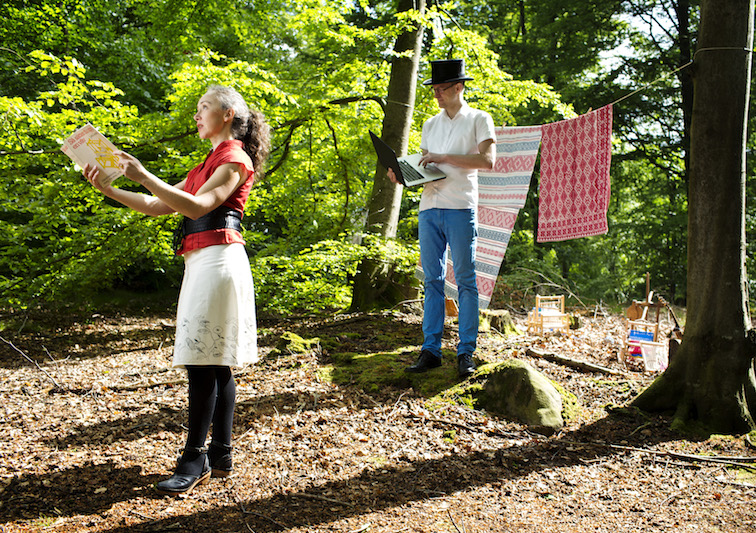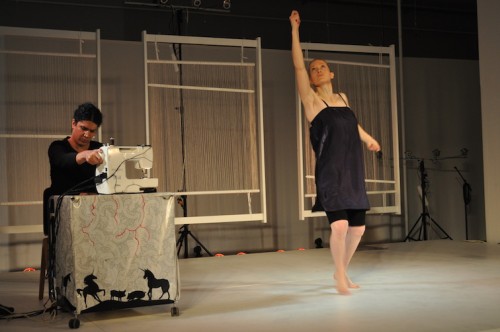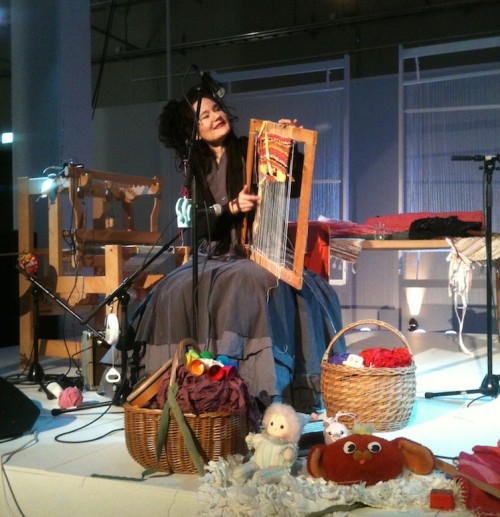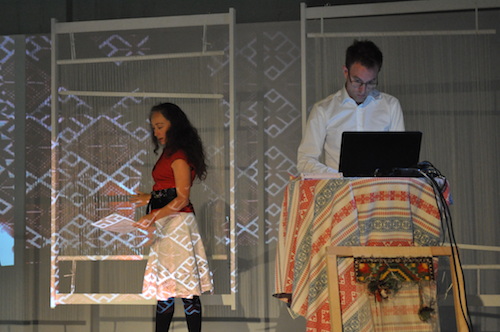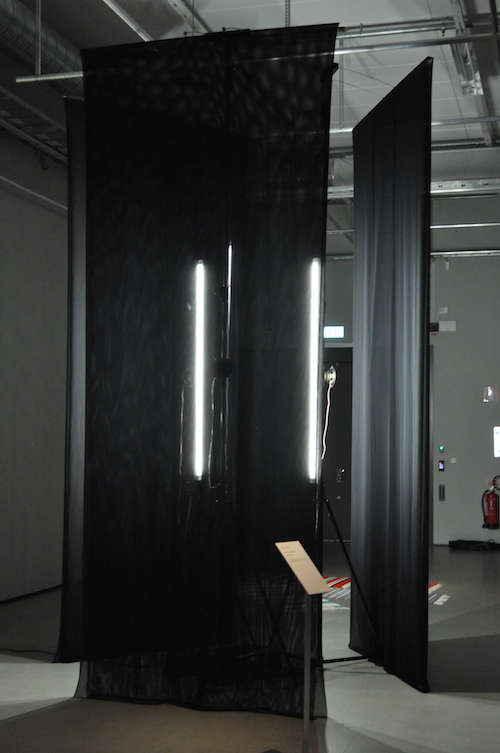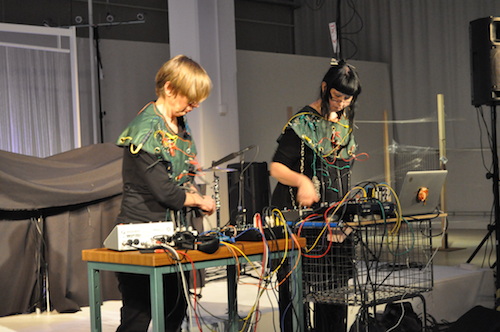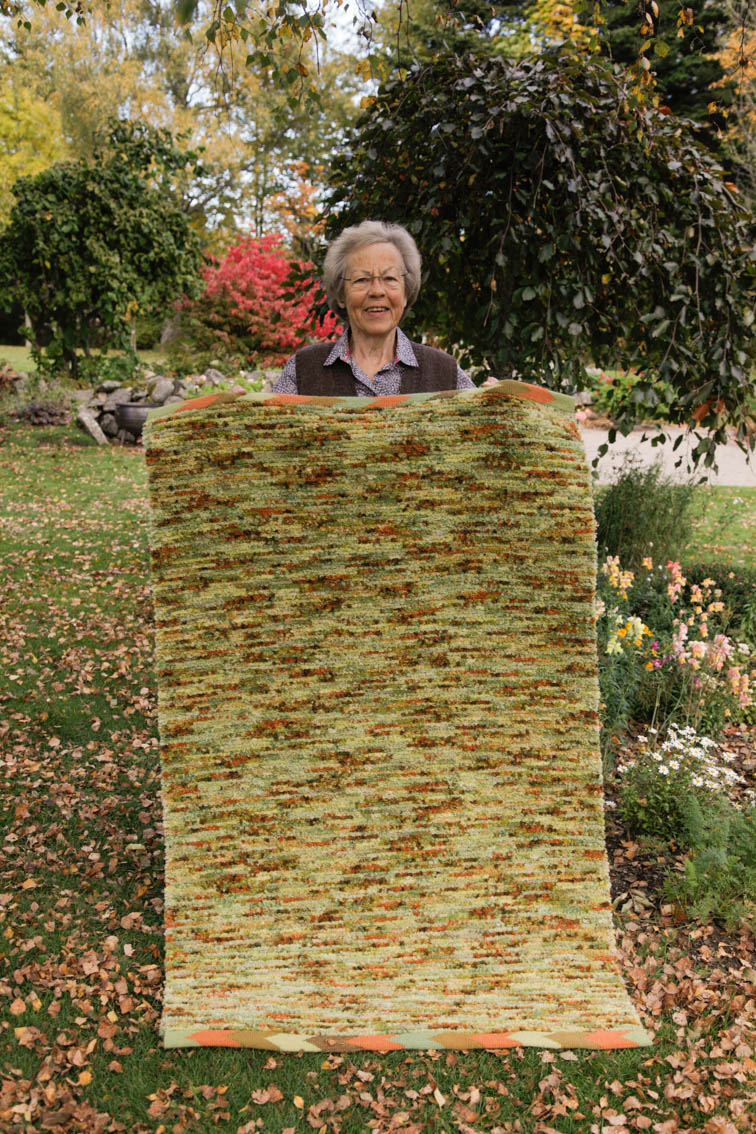Three weeks with nice people, all interested in Textile. We have really met a treasure.
Here is a small selection.We started in Lima and saw textiles from Pre-Inca. Incas lasted about 300 years, with 100 years of their
heyday. But cultures have been there before, for thousands of years. As Paracas, the culture that has the largest textile treasure (700
B.C. – 100 A.D. )
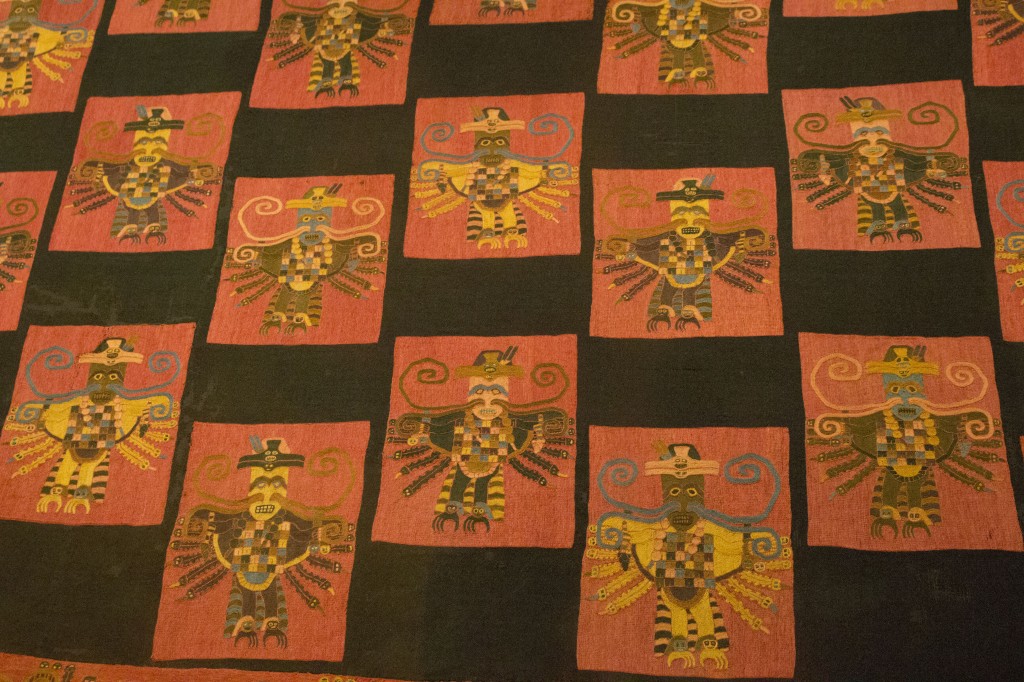
Or a textile with handpicked feathers, Huari 600-900 A.D.

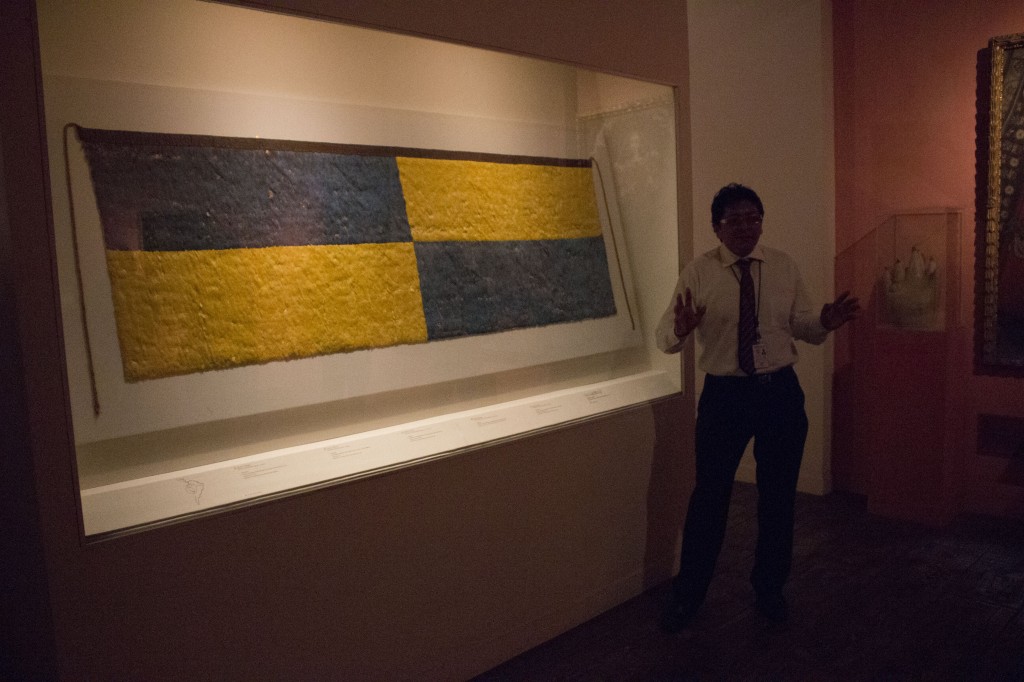
The journey went on over the desert area on the coast, over the mountains, close to 5000 meters and the journey to “highlight” – visit the community Chari.Where we besides good food, camp feeling in the dormitory and dance, got to see their textile crafts; spinning of alpaca fibers, vegetable dyes with own plants
(except indigo as they have to buy), warping, weaving and knitting.
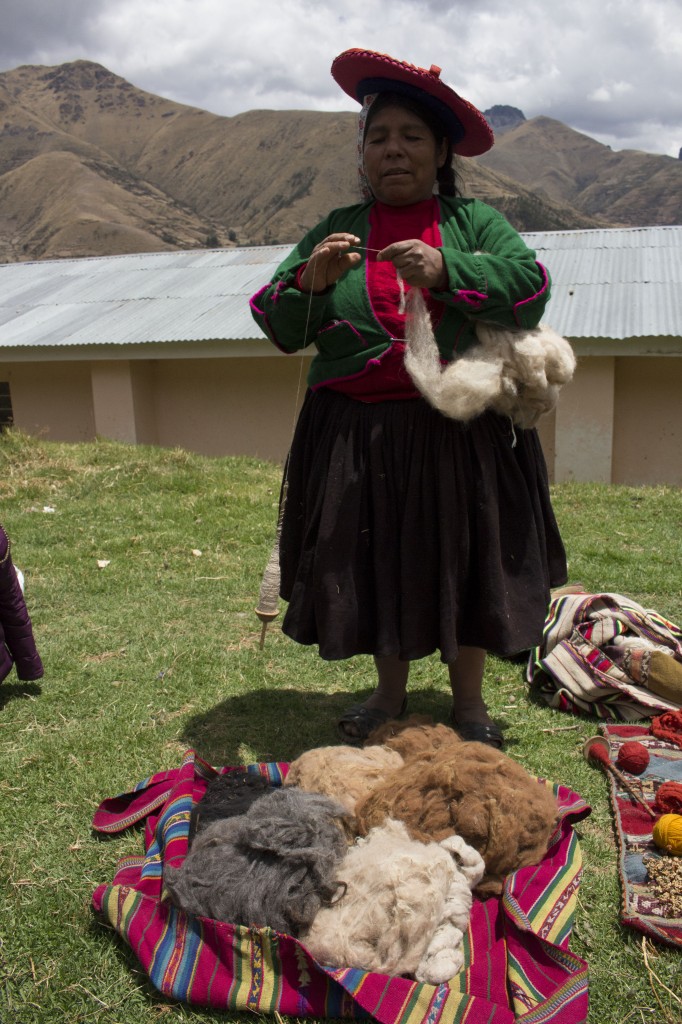

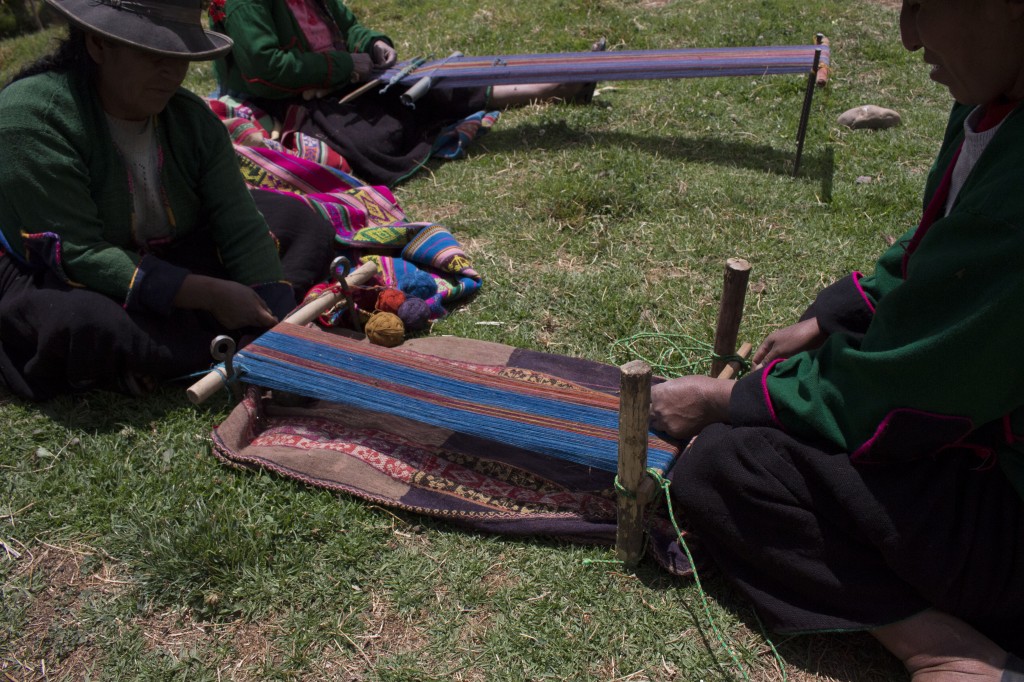
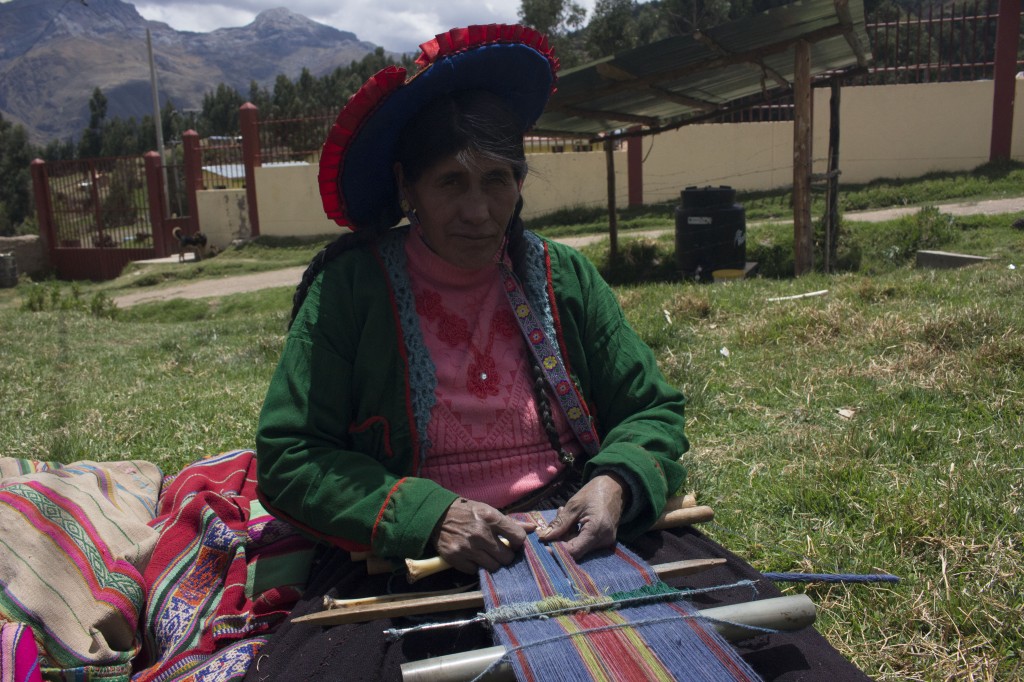

Thank you all in Chari for your hospitality. See you again!
We continued to Cusco and a visit with Nilda Callanaupa working with the Peruvian textile tradition.
Her latest book, Faces of Tradition – Weaving Elders of the Andes
available on Amazon. The book is reviewed in the next issue of VÄV– Scandinavian Weaving Magazine
Are you going to Cusco is a visit to the Textile Center an experience.
It offers a rich variety of weaving techniques of a very fine quality, knitted creations and a very nice museum.
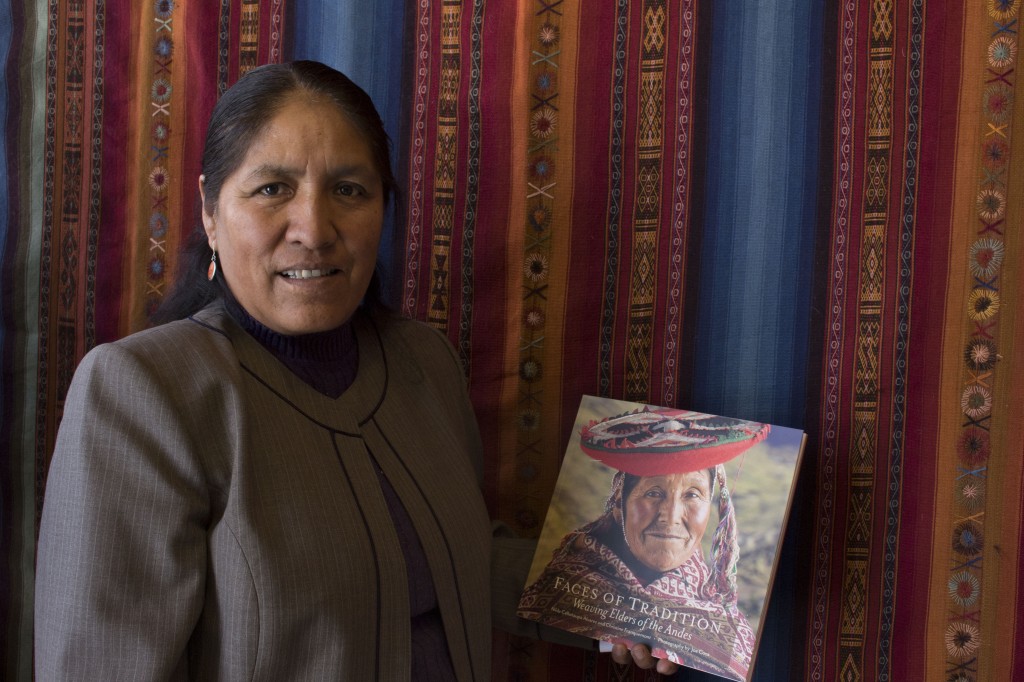
From vävmagasinet we wish you all a lovely weekend. We are now working on with the next issue due out in late November.
In our February issue will be a little bit more from Peru, including the fiber from the cute alpacas and their camel relative of the llama.
In the textile center I bought, among other things, a fine potato sack in alpaca and llama fiber. That you will see then!

















